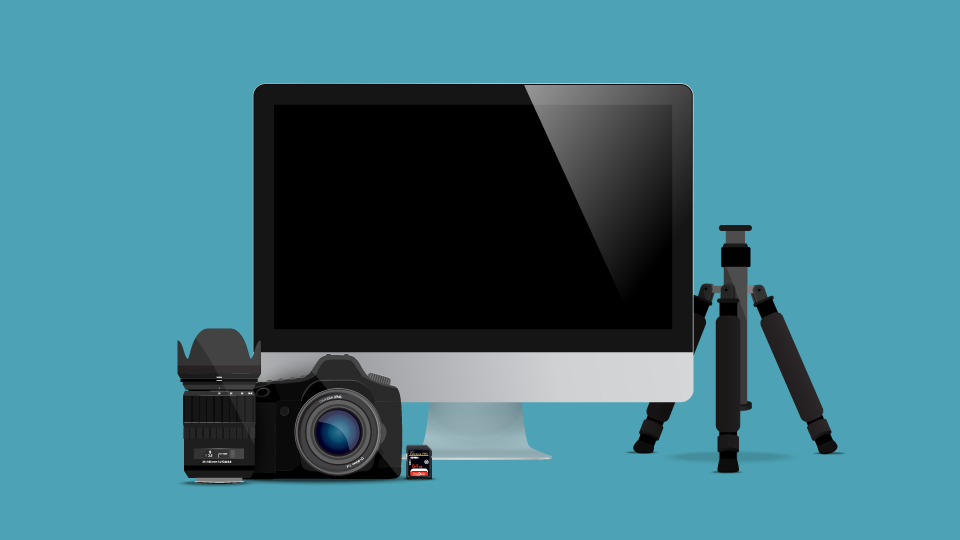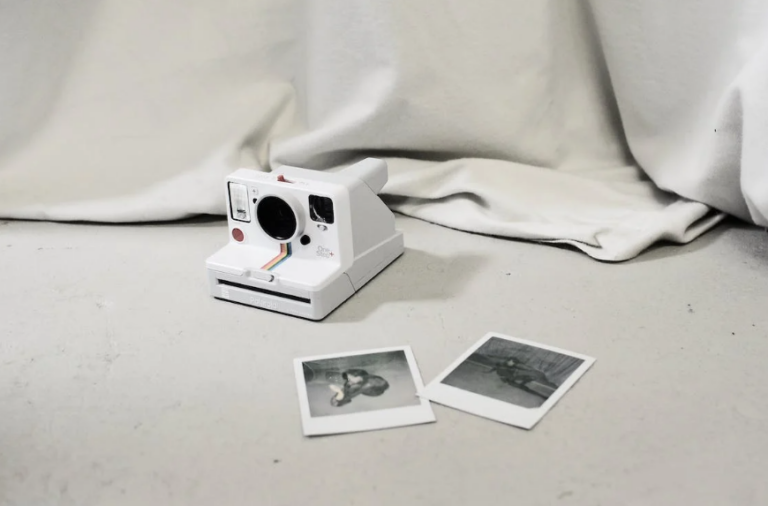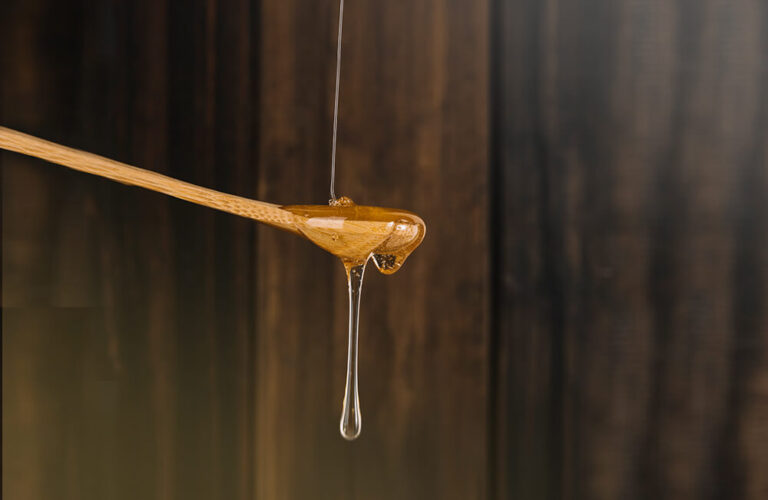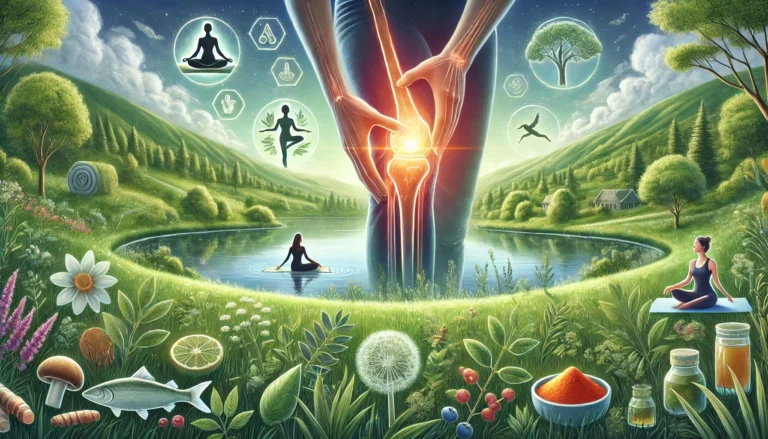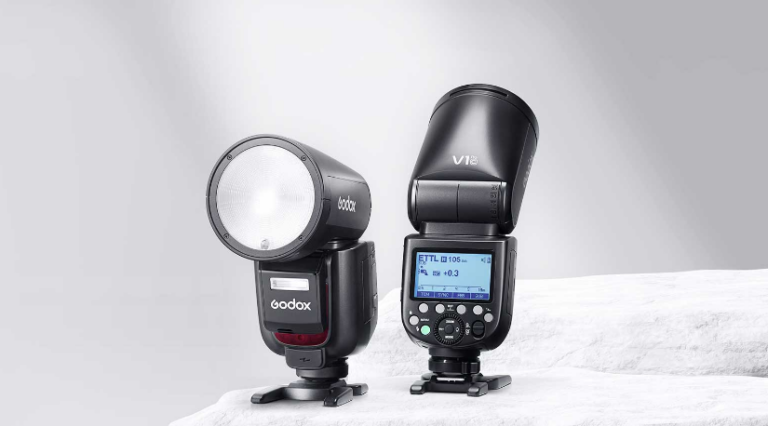Do you have an interest in the vast and fascinating field of photography? You’ve definitely arrived to the correct location! Take a look at this concise list of twelve topics that will help you get started and pointed in the correct way with digital or film photography.
1. Interest
The first thing you need is an interest in photography. If you are reading these words, you likely already checked that box. If you are debating whether to take the dive into photography, you might want to give it some careful thought, or cater your purchases toward your level of interest. Photography, both digital and film, can represent a large investment in time and money. Know this before you make the plunge.
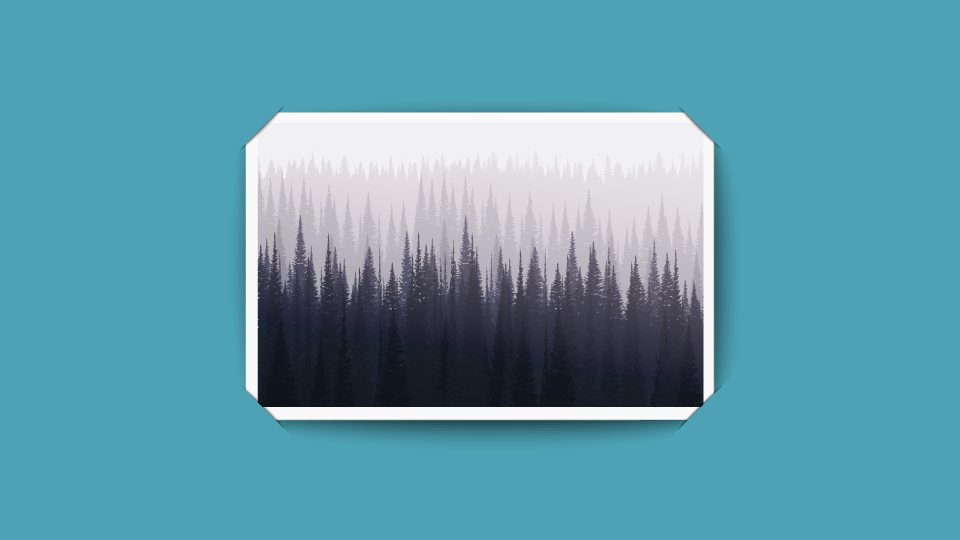
2. Camera
Sorry again to state the obvious, but unless you are doing alternative forms of imaging, you likely will want to create photos with a camera. When entering the camera market, your first consideration will be what to explore first—digital or analog film. The vast majority of us reach for digital cameras these days; once you choose that path, there are three basic options: point-and-shoot, interchangeable-lens mirrorless, and digital single-lens reflex (DSLR). We have a good breakdown of the types of digital cameras in this article. The field of new 35mm film cameras is almost constantly dwindling even though film’s popularity is rebounding. The B&H Used Department is a great place to get your hands on some beautiful film cameras.
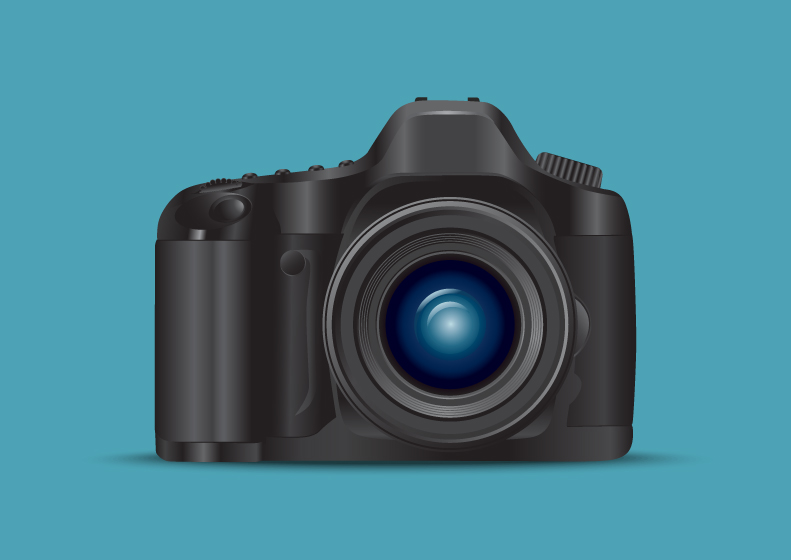
3. Lenses
If you get a DSLR or mirrorless interchangeable-lens camera, you will also need a lens. Many cameras ship with one or two “kit zoom” lenses that range from wide angle to telephoto. The verdict is still out (and will always be out) on whether your first lens should be a zoom or a prime lens. A prime lens has a fixed focal length, which requires the photographer to move to frame a picture rather than the lens doing the work by zooming in and out. We are not going to settle the zoom versus prime argument here, but be sure to buy a UV filter and lens cloth to keep your optics clean, for whatever lens or lenses you choose.
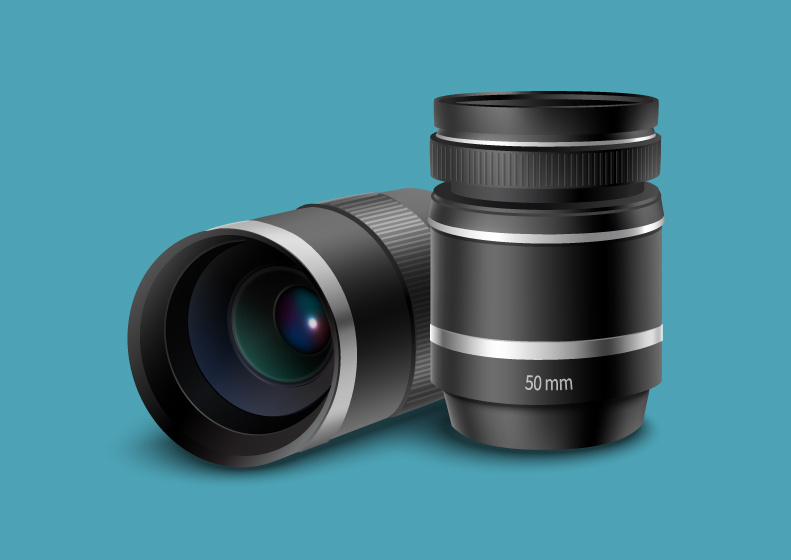
4. Memory/Film
If you choose an analog camera, you’ll need film. If you choose a digital camera, even if it has internal memory, you’ll want to get a memory card. There are many different types of memory cards, but the most common is SD (Secure Digital). Make sure you get the correct type of card for your particular camera.
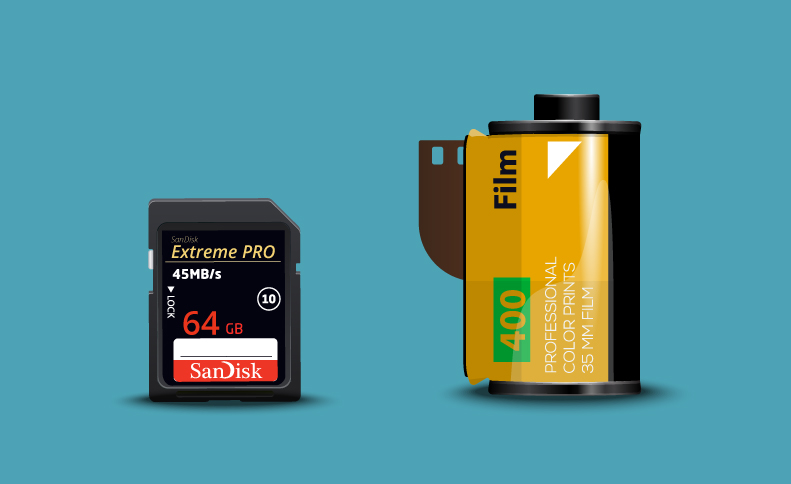
5. Tripod
The tripod might be the most overlooked camera accessory for the beginning photographer. It should not be ignored. Even if you are not planning to go out on a night photography excursion the first time you take your camera out of the box, you’ll still want and, in reality, need a tripod for lots of different things. Group portraits when you are in the photo? Check. Macro photography? Check. Low-light photography? Check. There are lots more. Invest in a good full-sized tripod or travel tripod.
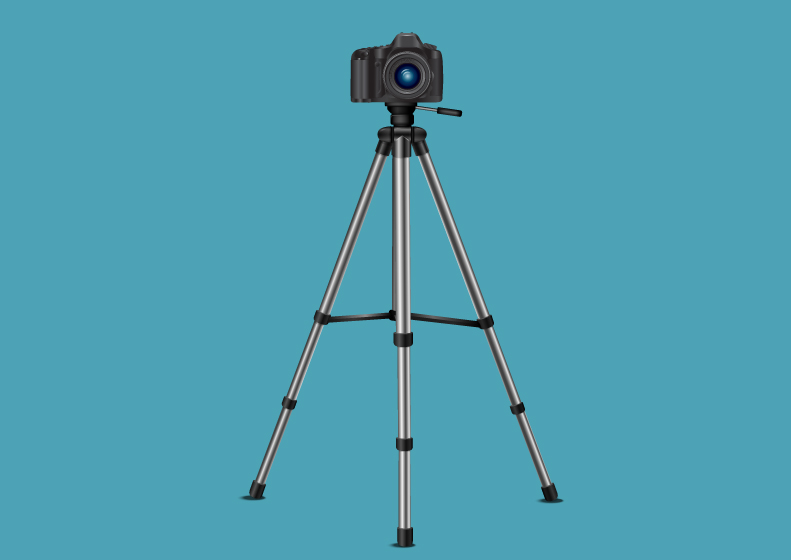
6. Books
A lot of what I learned about photography came from absorbing the words and images inside great photography books—check out some of our bestsellers! The Internet is a great resource as well but, at least for me, it is the words and images from photography books that have resonated the most.
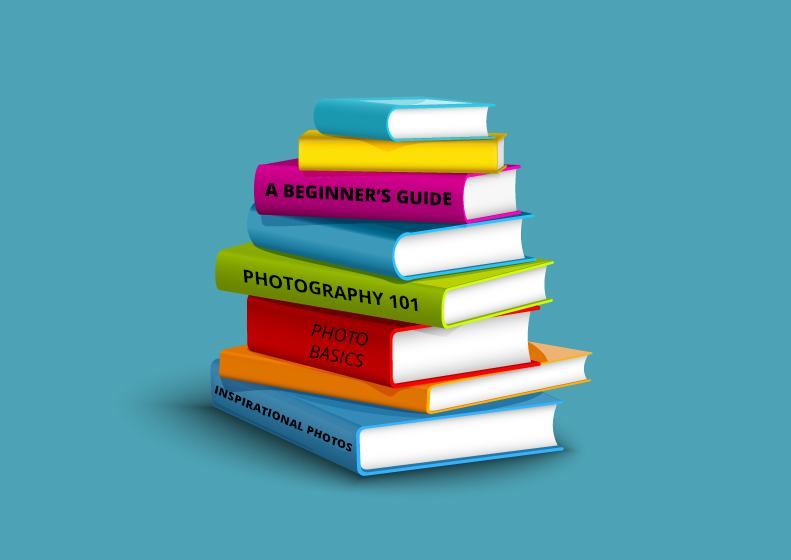
7 & 8. Computer and Software
One of the necessary burdens of digital photography is the computer and associated photography software. Of course, you can always buy a huge memory card and just take a ton of photos and never remove them from the camera, but that might defeat the purpose of making the images in the first place. You can organize folders of images on your computer, but software is needed to browse and edit them efficiently. If you want to make adjustments to the way the pictures look, you will need post-processing software.
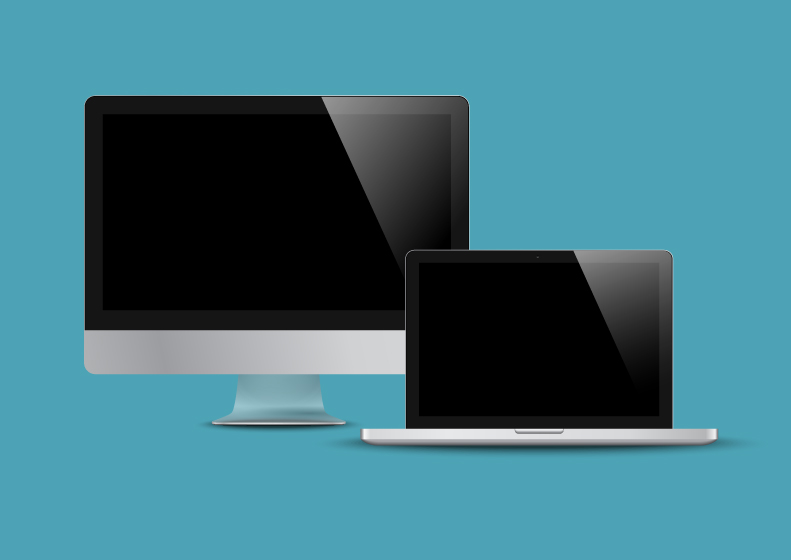
9. Flash
Many entry-level cameras come equipped with a built-in flash but, depending on your photographic needs, you might want to add an external flash to your camera to emit even more light. Today’s digital cameras are good at seeing in low light, but there are times when the photographer will be required to add light to a specific scene.
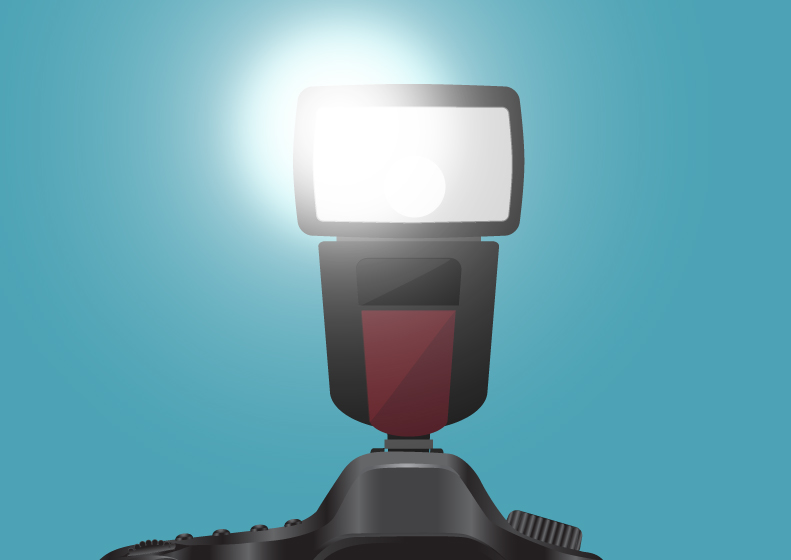
10. Additional Filters
A UV filter will protect the front of your lens from dust and grime, but there are other filters that can enhance your images—and I am not talking about Instagram filters here. You can do some amazing things with neutral density filters and polarizers that cannot be simulated with software.
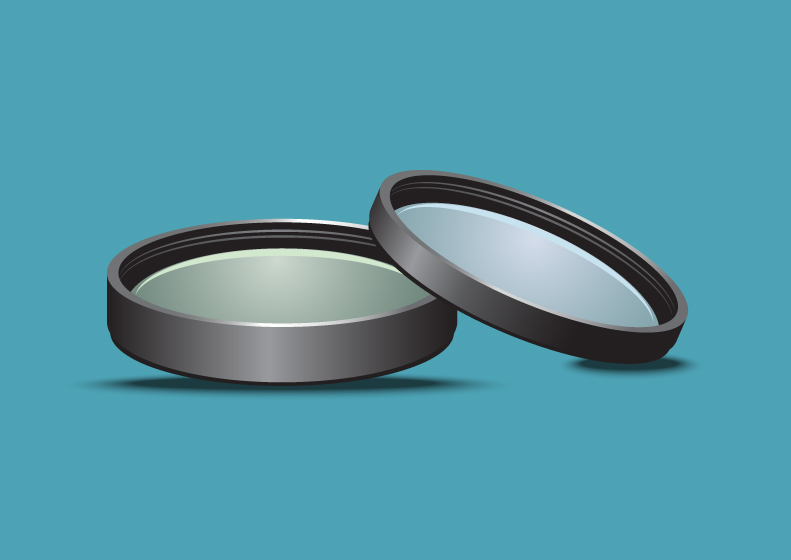
11. B&H Explora
You already found yourself here, so pull up a chair and stay a while. The B&H Explora website is a treasure trove of information about photography, with everything from educational articles to inspirational videos featuring famous photographers. Soak it up! It’s free!
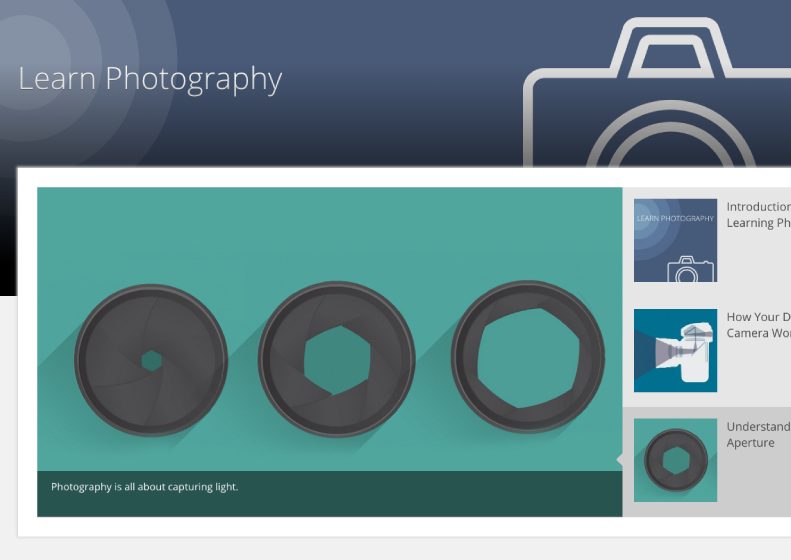
12. Time
Like any hobby, passion, or pursuit, photography takes time. In the old days, you could throw a camera around your neck, or drop one into your bag, and carry it around and make photos. Then you would drop off your roll of film and pick it up in an hour, or a day or two later. Today, digital photography demands that you spend at least some time in front of a computer to finish the job. This should not deter you, but you should be prepared to dedicate some time with your images beyond what is required to shoot them.

That should get you started down the right path. Congratulations on starting your voyage into the art of photography. I sincerely wish you the best of luck in your journey!

